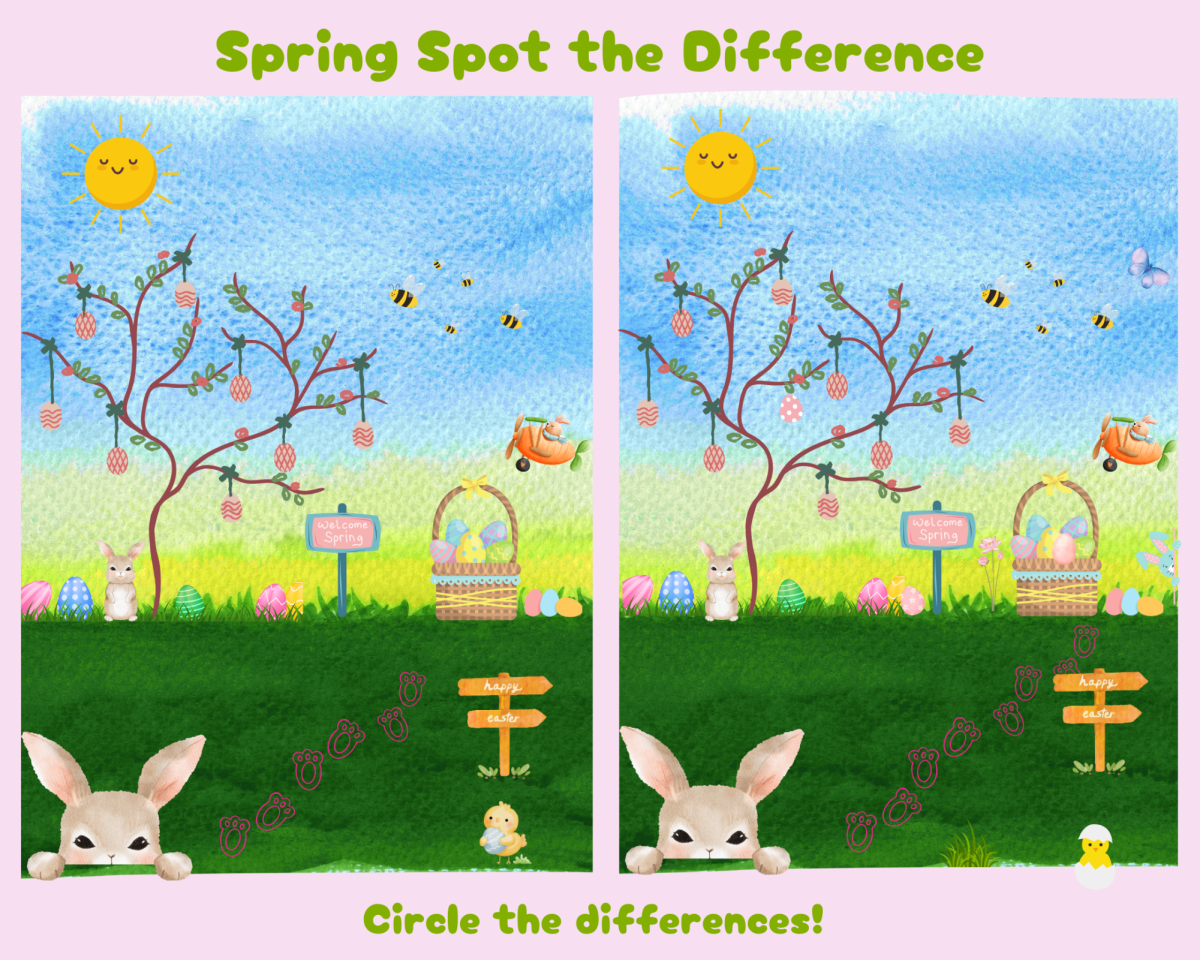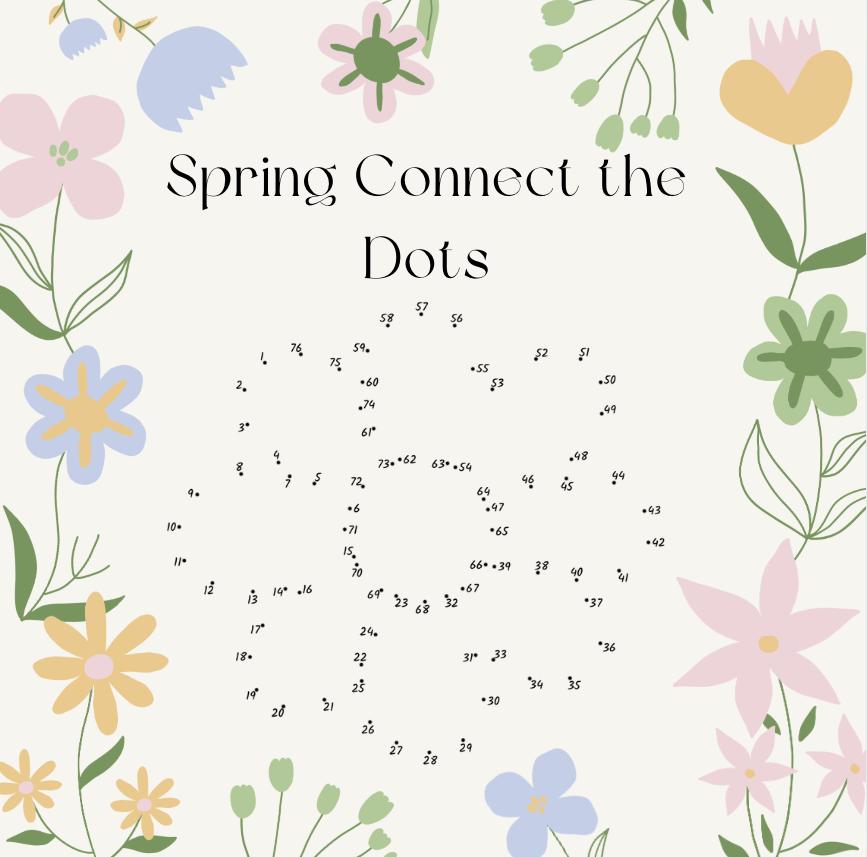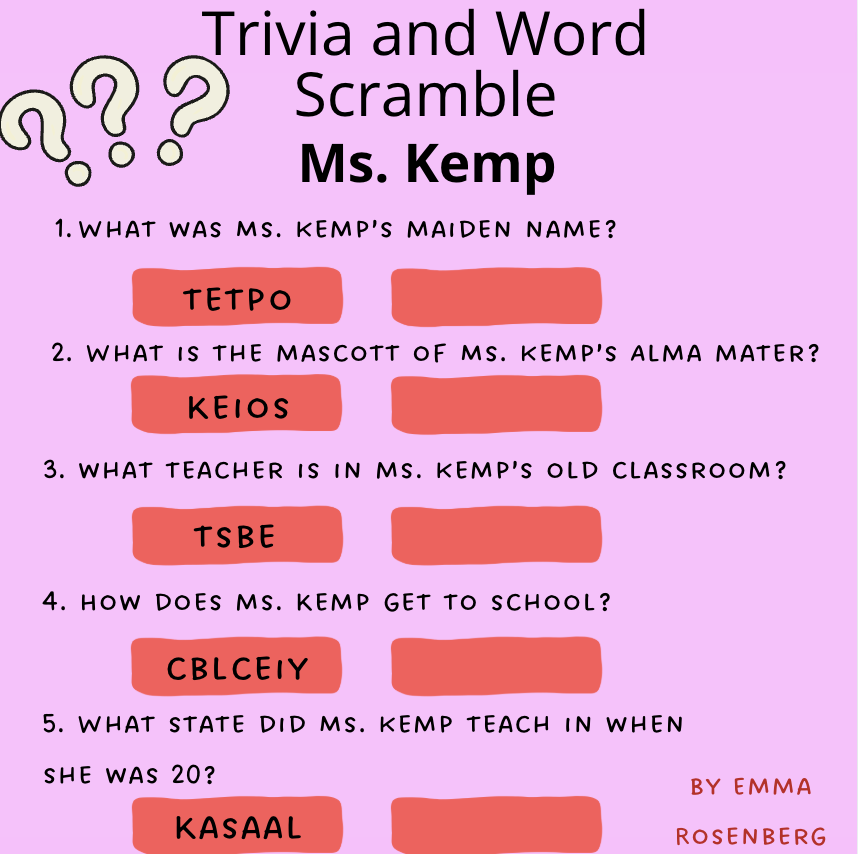Apple released its new iPhone 6s, 6s Plus, and iPad Pro on Sept. 25 with innovative new technologies, but without the desired improvements in battery life.
iPhone
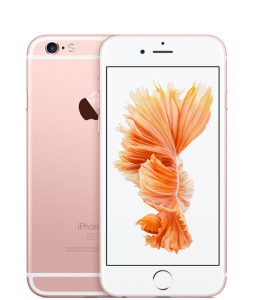
The iPhone 6s and 6s Plus, priced at $649 and $749, respectively, unveil the new “3D Touch” system, the next generation of “Multi-touch.” It is by far the most noteworthy feature of the new iPhone, allowing the user to make different commands by applying varying pressure on the screen. For example, with the “Peek and Pop” feature, one can preview an item before actually opening it or take a shortcut from the home screen with a pop-up window.
Furthermore, whether it previewing a map by tapping it or taking photo while scrolling through other shots, there are many ways to multitask. Developers will also begin to integrate force-touch technology into games. Though innovative, the question is whether these new functions are practical. The idea is creative, but it remains to be seen whether these features are actually usable.
In terms of price, the phone is expensive, but costs no more than previous generations. When released, the iPhone 6 was priced the same, but can now be bought for $199.
The camera quality has improved, transitioning from an eight to a twelve megapixel camera. Video quality has also advanced, now at 4k, which Apple claims to be four times sharper than the older 1080 HD. Despite these improvements, the camera’s biggest change is not in its quality, but with its new “Live Photo” feature, where the camera records a few seconds of video and audio before and after a photo is taken. Thus, when one presses down hard on the image, one can bring the moment to life––the picture briefly animates. This feature stands out because it adds personal value with its ability to store memorable moments.
The front-facing camera now offers a flash, perfect for those late-night selfies. Now one does not have to rely on the low-quality Snapchat camera for front flash. Furthermore, the front-facing camera has upgraded dramatically from 1.2 to five megapixels.
Similar to the iPhone 6, the new phone comes in two sizes––the Iphone 6s with a 4.7 inch display and the iPhone 6s Plus with a 5.5 inch display. With the major size upgrade from the size of the iPhone 5s to the iPhone 6, few people want an even bigger phone. It was expected that screen quality would improve, but the iPhone 6s has no major advancements in this category, sticking with the Retina HD display. The rumored sapphire crystal screen, a stronger, less breakable glass, is not present either.
Although there are many new technical features, the most buzzed about upgrade is not in tech, but in hardware: the new color “rose gold.” The highly anticipated color offers another level of customizability, allowing the new iPhone to stand out from the monotonous sea of silver, gold, and space gray. However, in person, the color is more of a sophisticated pink than the hot pink it’s made out to be in photos. Some people love it and others hate it––but if you prefer a pop of color, it is perfect for you.
The major fault in the new iPhone is that the improvements did not include the extension of the battery life. According to “IPhone 6s Review: A slightly better Iphone 6,” an article written for the Wall Street Journal by Johanna Stern, the battery life lasts eight hours while using the internet, the same as the previous model. Stern conducted several tests on charging capability and battery life, and found that the phone still takes two hours to charge and the battery is actually smaller than before, but the phone still weighs more.
The 6s has increased by .7 oz. while the 6s Plus has increased by .5 oz. The change is not major enough to put holes in pockets, but every ounce is noticeable. It could also be argued that the extra weight is beneficial because it makes the phone sturdier. The 6s and 6s Plus are more durable than the Iphone 6 (which could bend in the pocket of your skinny jeans), as it now has a new 7000 Series aluminum alloy shell.
Apple markets the new iPhone with the slogan, “The only thing that’s changed is everything,” but that’s not really true. The phone has the same look, same battery life, same size, and the same function. If you look past a few minor additions, not much has changed. Investing in the new iPhone is worth it to anyone excited about the minimal new features it offers, but other than that, it’s not worth the upgrade.
iPad Pro
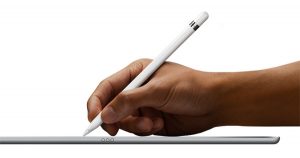
The iPad Pro, unlike the iPhone 6s/6s Plus, is an extreme update from the iPad Air 2. It is advertised as an entirely new line of products. The iPad Pro has the functionality of a laptop and the mobility of a tablet, making it a great fit for anyone from a high-school student to a business executive. Its most notable new feature is surely the Apple Pencil.
Though Apple claims the Apple Pencil to be a revolutionary creation, Androids have had styluses for years. Apple consumers have always balked at the “excessive” accessory. But since Apple has unveiled their new pencil, people have been in awe. Androids have consistently done things first, from the larger phone, to dual screen, to the stylus. Though Apple has always been a little behind the times, when they make a change, they make it right. They do the same thing but with twice the class.
This stylus is nothing ordinary. The Apple Pencil has tilt and pressure sensors so it can detect exactly what the user is trying to achieve. Though ideal for artists, it also has other uses, from gaming to annotating. Whether it’s shading by tilting your hand or varying line weight by pressure, achieving both precision and accuracy is now realistic.
The stylus is highly responsive, and using it is intended to feel exactly like using a pencil. Like the iPhone 6s, the iPad Pro also has “3D touch” technology that interacts with the Apple Pencil to further its versatility.
The pencil has 12 hours of battery life and can be charged simply by plugging it into the iPad Pro. The one fault is that it is only compatible with the iPad Pro and no older iPad models.
Along with “3D touch,” there is also a new dual screen feature that allows the user to split the screen and use two apps at once. Need to type up an essay while annotating an iBook? Watch a Youtube video while using maps? You can now. It seems like there are few occasions when one would actually need to use this two-window feature, but in the occasional few, it would be very helpful.
Overall, the iPad Pro is a good investment. From the large 12.9 inch screen to the new Apple Pencil, the iPad Pro brings a lot to the table. Its uses don’t stray far from those of a laptop or iPad, but its combination of the two together in a single device makes it a worthwhile purchase.
The Ipad Pro and Apple Pencil will both be released in November––the iPad price starts at $799 while Apple Pencil will be sold separately for $99.

